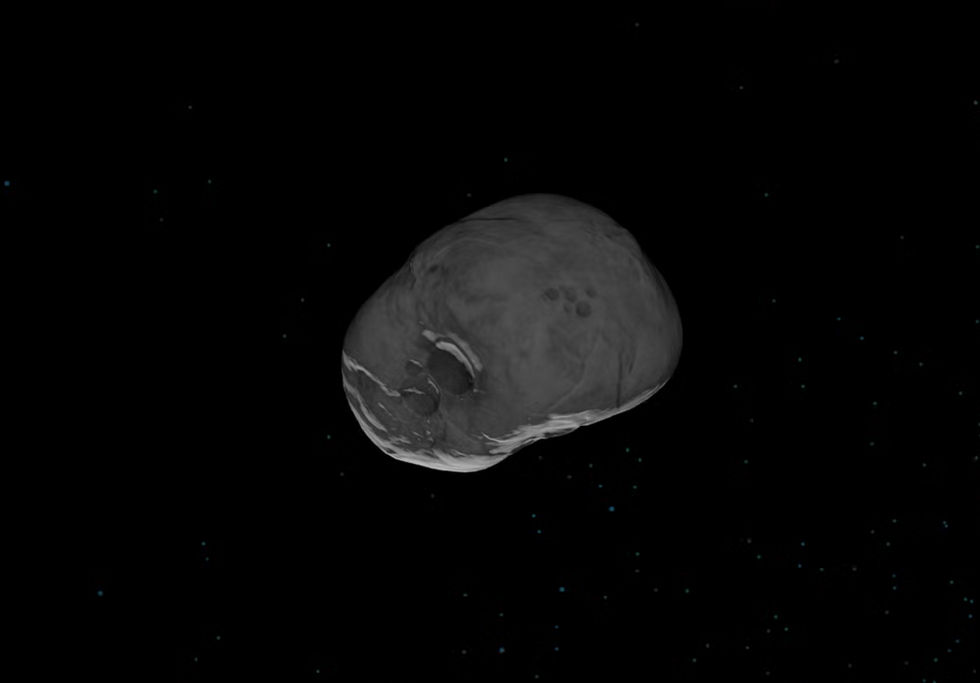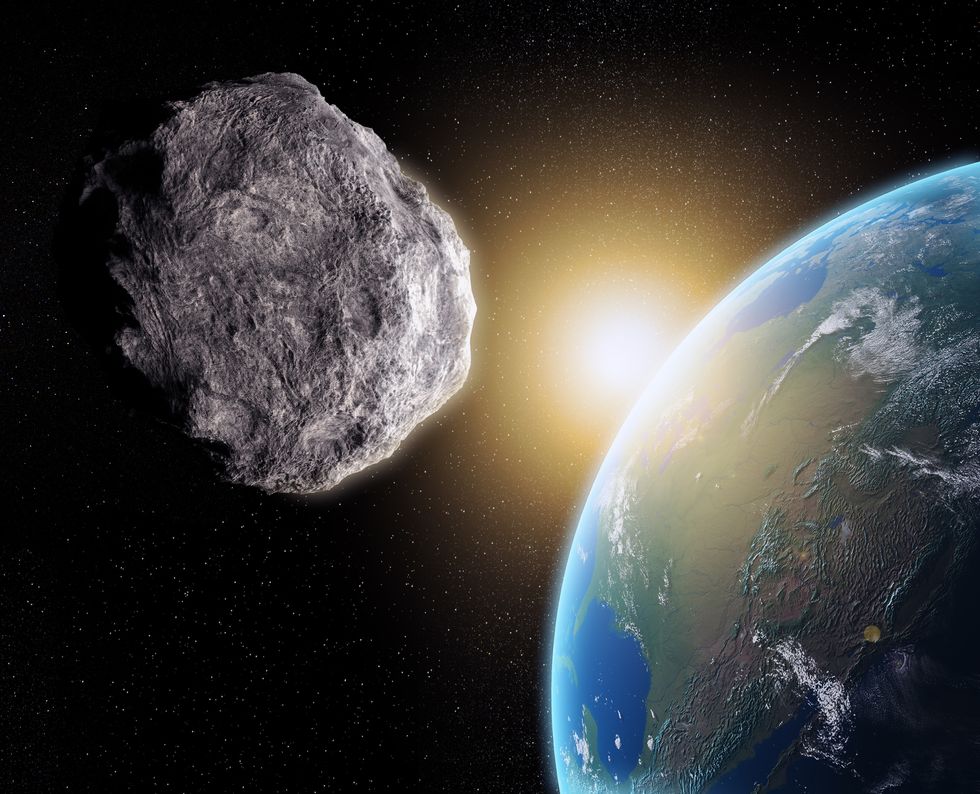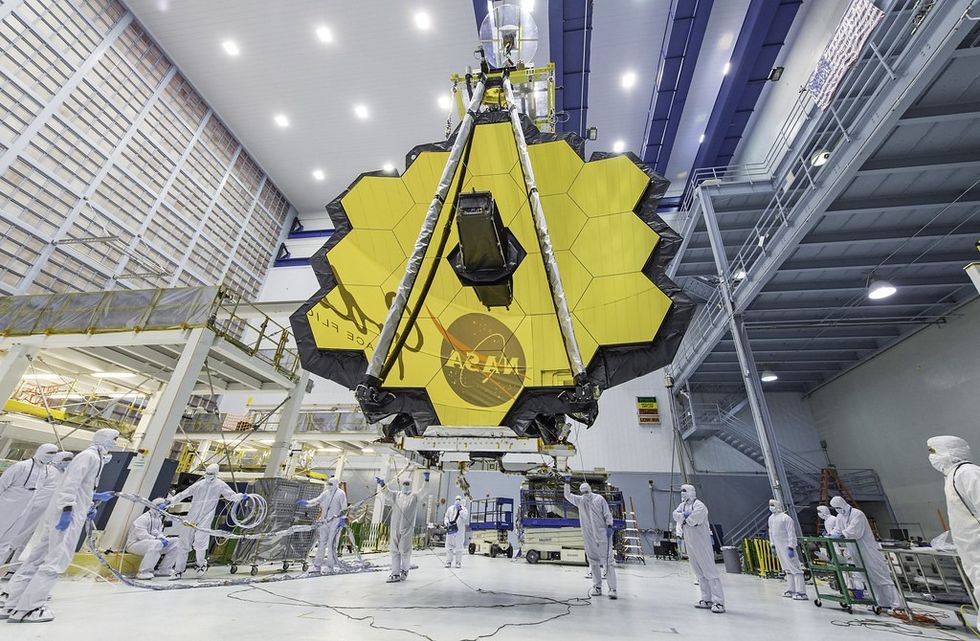The asteroid could be up to 90 metres wide - roughly the size of London's Big Ben or the Statue of Liberty
Don't Miss
Most Read
Trending on GB News
Astronomers have been granted emergency access to the James Webb Space Telescope to study an asteroid that poses a potential threat to Earth.
The space rock, known as 2024 YR4, currently has a 2.3 per cent chance of colliding with our planet in 2032.
Scientists will use the powerful telescope to determine the exact size of what could be a devastating 'city-killer' asteroid.
The asteroid could be up to 90 metres wide - roughly the size of London's Big Ben or the Statue of Liberty.
 A visualisation of the space rock, designated 2024 YR4Nasa
A visualisation of the space rock, designated 2024 YR4NasaFirst spotted in December by a Nasa-funded alert system in Chile, 2024 YR4 immediately became the biggest threat on space agencies' risk lists.
If it struck Earth, the impact could be similar to the 1908 Tunguska event, which flattened 830 square miles of Siberian forest.
Determining the asteroid's exact size is crucial for assessing the potential threat level.
An ESA spokesperson explained: "2024 YR4 could be 40 m across and very reflective, or 90 m across and not very reflective."
LATEST DEVELOPMENTS:

Determining the asteroid's exact size (not pictured) is crucial for assessing the potential threat level
GETTYEven at its current estimated size, the asteroid could explode with the force of 15 megatons of TNT - 100 times more powerful than the Hiroshima nuclear bomb.
The impact would flatten residential buildings and cause fatalities within a two-mile radius from the point of impact.
However, scientists note that while devastating locally, the impact would not trigger any global catastrophic effects.
The telescope will make its first observation of 2024 YR4 in March, when the asteroid reaches peak brightness.

Astronomers have been granted emergency access to the James Webb Space Telescope to study an asteroid
FlickrA second observation will follow in May as the space rock travels away from Earth - the final opportunity to study it before its return in 2028.
The two observations will help scientists track how the asteroid's temperature changes due to solar exposure, further refining their orbital predictions.
Scientists predict that the probability of 2024 YR4 hitting Earth will likely decrease towards zero as more data is collected.
The observations will use no more than four hours of the space telescope's tightly controlled schedule.
This time has been allocated from the director's discretionary budget, reserved for urgent operations that cannot wait for normal approval processes.
The ESA has confirmed all data gathered about the asteroid will be made public.









